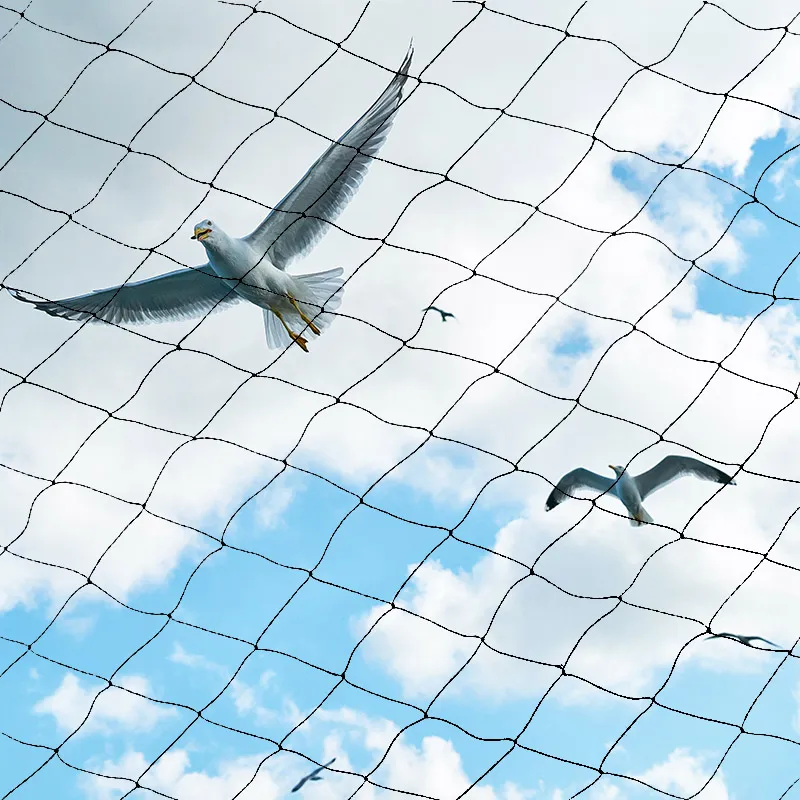-
 Afrikaans
Afrikaans -
 Albanian
Albanian -
 Amharic
Amharic -
 Arabic
Arabic -
 Armenian
Armenian -
 Azerbaijani
Azerbaijani -
 Basque
Basque -
 Belarusian
Belarusian -
 Bengali
Bengali -
 Bosnian
Bosnian -
 Bulgarian
Bulgarian -
 Catalan
Catalan -
 Cebuano
Cebuano -
 China
China -
 Corsican
Corsican -
 Croatian
Croatian -
 Czech
Czech -
 Danish
Danish -
 Dutch
Dutch -
 English
English -
 Esperanto
Esperanto -
 Estonian
Estonian -
 Finnish
Finnish -
 French
French -
 Frisian
Frisian -
 Galician
Galician -
 Georgian
Georgian -
 German
German -
 Greek
Greek -
 Gujarati
Gujarati -
 Haitian Creole
Haitian Creole -
 hausa
hausa -
 hawaiian
hawaiian -
 Hebrew
Hebrew -
 Hindi
Hindi -
 Miao
Miao -
 Hungarian
Hungarian -
 Icelandic
Icelandic -
 igbo
igbo -
 Indonesian
Indonesian -
 irish
irish -
 Italian
Italian -
 Japanese
Japanese -
 Javanese
Javanese -
 Kannada
Kannada -
 kazakh
kazakh -
 Khmer
Khmer -
 Rwandese
Rwandese -
 Korean
Korean -
 Kurdish
Kurdish -
 Kyrgyz
Kyrgyz -
 Lao
Lao -
 Latin
Latin -
 Latvian
Latvian -
 Lithuanian
Lithuanian -
 Luxembourgish
Luxembourgish -
 Macedonian
Macedonian -
 Malgashi
Malgashi -
 Malay
Malay -
 Malayalam
Malayalam -
 Maltese
Maltese -
 Maori
Maori -
 Marathi
Marathi -
 Mongolian
Mongolian -
 Myanmar
Myanmar -
 Nepali
Nepali -
 Norwegian
Norwegian -
 Norwegian
Norwegian -
 Occitan
Occitan -
 Pashto
Pashto -
 Persian
Persian -
 Polish
Polish -
 Portuguese
Portuguese -
 Punjabi
Punjabi -
 Romanian
Romanian -
 Russian
Russian -
 Samoan
Samoan -
 Scottish Gaelic
Scottish Gaelic -
 Serbian
Serbian -
 Sesotho
Sesotho -
 Shona
Shona -
 Sindhi
Sindhi -
 Sinhala
Sinhala -
 Slovak
Slovak -
 Slovenian
Slovenian -
 Somali
Somali -
 Spanish
Spanish -
 Sundanese
Sundanese -
 Swahili
Swahili -
 Swedish
Swedish -
 Tagalog
Tagalog -
 Tajik
Tajik -
 Tamil
Tamil -
 Tatar
Tatar -
 Telugu
Telugu -
 Thai
Thai -
 Turkish
Turkish -
 Turkmen
Turkmen -
 Ukrainian
Ukrainian -
 Urdu
Urdu -
 Uighur
Uighur -
 Uzbek
Uzbek -
 Vietnamese
Vietnamese -
 Welsh
Welsh -
 Bantu
Bantu -
 Yiddish
Yiddish -
 Yoruba
Yoruba -
 Zulu
Zulu
Safety Netting Installation and Maintenance for Construction Sites and Worker Protection
Safety Netting Construction Ensuring Safety at Heights
In the construction industry, safety is paramount. Workers face numerous hazards, particularly when working at heights. One of the most effective methods to mitigate these risks is through the use of safety netting. Safety netting construction serves as a critical line of defense against falls, protecting workers and preventing accidents that could lead to injury or even fatalities.
Safety netting is typically made from durable materials such as polyethylene or nylon, designed to withstand the rigors of construction environments. It is installed at various levels of a construction site, depending on the height of the work being performed. The primary function of safety netting is to catch falling workers or equipment, preventing them from hitting the ground or other lower levels.
The importance of safety netting cannot be overstated. According to statistics from the Occupational Safety and Health Administration (OSHA), falls account for a significant percentage of construction-related fatalities. Implementing safety netting can dramatically reduce the risk of such incidents. By providing a reliable safety mechanism, netting protects not only individual workers but also contributes to the overall safety culture within the construction site.
Installation and Design Considerations
When it comes to safety netting construction, proper installation is crucial. The nets must be positioned correctly and secured to withstand potential impacts. Training workers to understand the importance of netting and ensuring they can recognize properly installed safety features is an essential aspect of maintaining a safe work environment.
There are various designs of safety nets, depending on the specific needs of the project. Some nets are designed for heavier loads, while others are lighter, intended for use in less hazardous conditions. Factors such as the height of the structure, the nature of the work being performed, and the potential hazards associated with the job should all influence the choice of netting system.
Regular Inspections and Maintenance
safety netting construction

Safety netting is not a one-time installation; it requires ongoing management and maintenance. Regular inspections of the netting system are important to identify any wear, tear, or damage. If nets are found to have defects, they must be repaired or replaced immediately to ensure continued effectiveness. This proactive approach to safety netting can prevent accidents before they occur.
Additionally, weather conditions can impact the integrity of safety netting. Extreme wind, rain, or snow can compromise the net’s material. Construction sites must have protocols to check and secure netting during adverse weather conditions. Understanding how environmental factors affect safety gear is crucial in construction site management.
Training and Safety Culture
Beyond the physical installation of safety netting, fostering a culture of safety is vital in the construction industry. Workers should receive comprehensive training on the importance of using safety netting and other fall protection systems. They should also be encouraged to report any unsafe conditions or practices they observe, creating an environment where safety is a shared responsibility.
Moreover, incorporating safety netting within a broader safety program can enhance its effectiveness. This may include using personal protective equipment (PPE), providing access to fall arrest systems, and ensuring that all workers are trained in safe work practices.
Conclusion
Safety netting construction is an indispensable element in promoting safety in the construction industry. By effectively preventing falls and safeguarding workers, construction companies can significantly reduce the risk of injuries and fatalities. The installation, maintenance, and proper training surrounding safety netting are essential practices that contribute to a culture of safety. As the construction industry continues to evolve, prioritizing the well-being of workers through effective safety measures remains a critical responsibility that cannot be overlooked.
-
Shipping Plastic Bags for Every NeedNewsJul.24,2025
-
Safety Netting: Your Shield in ConstructionNewsJul.24,2025
-
Plastic Mesh Netting for Everyday UseNewsJul.24,2025
-
Nylon Netting for Every UseNewsJul.24,2025
-
Mesh Breeder Box for Fish TanksNewsJul.24,2025
-
Expanded Steel Mesh Offers Durable VersatilityNewsJul.24,2025











